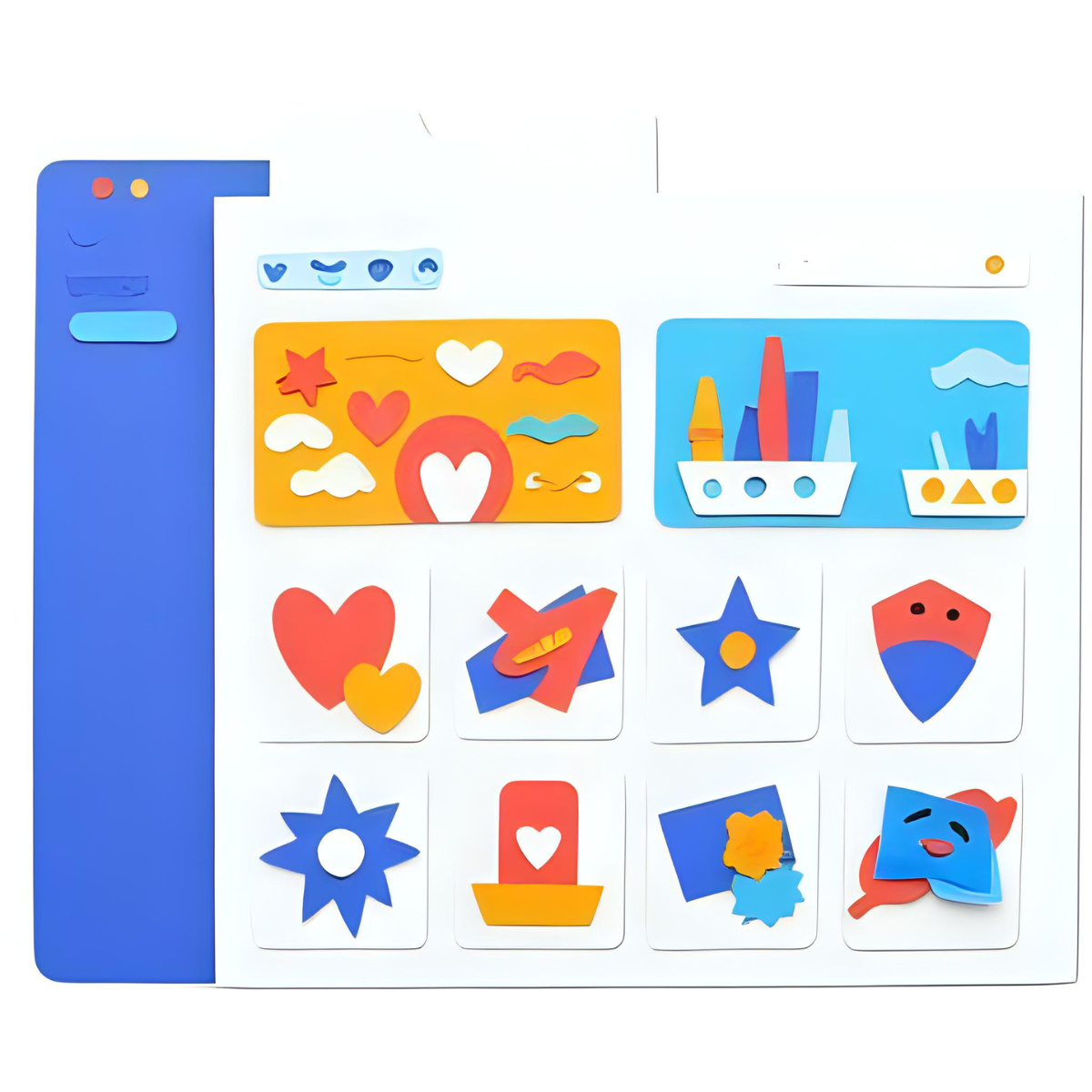In an era where content is king, marketing departments are under increasing pressure to create, manage, and deliver high-quality digital assets at scale. From social media campaigns and branded videos to product photography and sales decks, the sheer volume of creative materials is overwhelming traditional file storage and collaboration systems.
Enter Digital Asset Management (DAM) solutions—centralized platforms that allow marketing teams to organize, access, distribute, and analyze digital assets with speed and precision. In 2025, DAM technology has evolved from a nice-to-have to a mission-critical tool for marketing operations across industries.
What Is a DAM Solution?
A Digital Asset Management system is a software platform designed to store, tag, manage, and share digital content. Assets can include:
Images, logos, and graphics
Video and audio files
PDFs, presentations, and documents
Brand guidelines and templates
A modern DAM not only organizes these files but also provides access control, usage rights management, AI-driven tagging, integration with creative tools (like Adobe Creative Cloud), and real-time collaboration features.
Key Benefits for Marketing Departments
Centralized Access and Version Control
With campaigns often involving multiple stakeholders—designers, copywriters, agencies, and regional teams—DAM ensures everyone is working from a single source of truth. No more emailing files or guessing which version is final.
Faster Campaign Execution
With approved assets stored in one place and easily searchable via AI tagging or metadata filters, marketing teams reduce time spent hunting for files—allowing them to execute campaigns faster and more efficiently.
Consistent Brand Messaging
DAM platforms ensure only approved, up-to-date assets are used, which supports brand consistency across regions, teams, and channels. Many systems offer brand portals with pre-set templates for localized marketing that stays on-brand.
Improved Collaboration and Workflow
By integrating with tools like Slack, Trello, Figma, and Adobe, DAM solutions embed themselves into existing workflows. Creative reviews, feedback, and approvals can all happen within the platform—cutting down on email chains and miscommunication.
Usage Rights and Compliance
DAMs track licensing agreements and expiration dates for stock images, celebrity endorsements, and campaign-specific content, helping teams avoid legal risks and copyright violations.
AI and Automation: The New Frontier
In 2025, top DAM platforms leverage AI for auto-tagging, content recommendations, and asset performance analysis. AI can:
Identify content themes automatically
Suggest high-performing visuals for campaigns based on historical data
Flag duplicate or outdated assets
Transcribe and tag video/audio content for easy searchability
This intelligence transforms DAMs from passive storage systems into strategic content hubs.
Enterprise Use Case: A Global CPG Brand
A leading consumer packaged goods (CPG) brand implemented a DAM solution to support its 200+ marketing users across 15 countries. Before adopting a DAM, the brand struggled with:
Regional teams using outdated assets
Duplicate design efforts across product lines
Slow campaign launches due to asset retrieval delays
After implementation, they reported a 35% faster campaign turnaround time, improved asset reuse, and more consistent branding globally.
Popular DAM Platforms in 2025
Some leading platforms dominating the DAM space include:
Brandfolder – Strong AI and predictive content features
Bynder – Known for brand consistency and customizable brand portals
Widen Collective (Acquia DAM) – Strong in metadata management and analytics
Adobe Experience Manager Assets – Ideal for teams heavily invested in Adobe’s ecosystem
Canto – User-friendly and great for mid-sized teams
Each solution offers varying levels of scalability, integrations, and customization—so choice depends on team size, tech stack, and marketing maturity.

